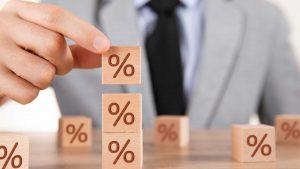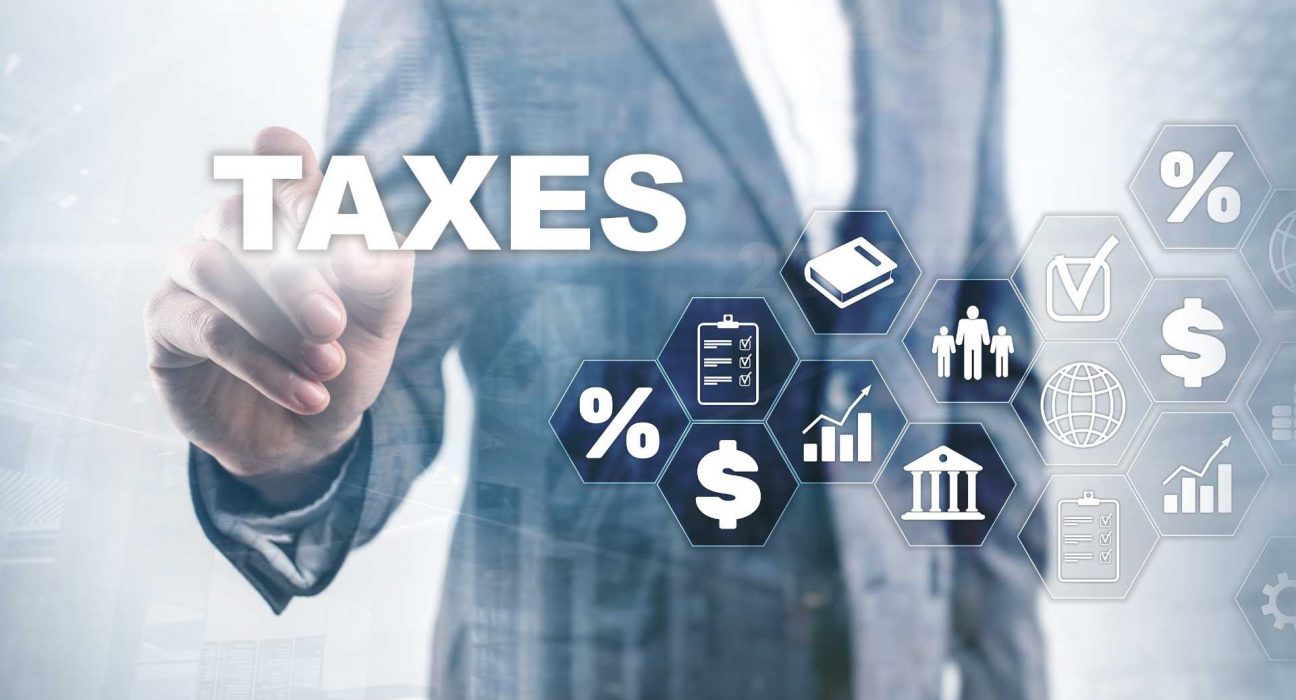The UK government has announced several new taxes on goods in 2023. There are several reasons why these taxes have been put in place. They’ve been implemented to increase revenue and help people make healthier, more sustainable life choices.
However, that doesn’t take away from the fact that some businesses may find it tricky to adapt to these changes in order to remain compliant. A rise in VAT means that there’s a need to recalculate prices, for example. Here’s a breakdown of what these changes mean.
Why the UK as Increased Taxes on Goods in 2023?
There are countless societal issues demanding action from central government, from health dilemmas to environmental concerns. Pressure to tackle certain issues in society has resulted in changes to tax levels. This covers social, economic and environmental factors, where better lifestyle habits are being encouraged.
Examples of increased taxes on goods:
1. Soft drinks and alcoholic beverages

The duty structure for alcoholic products is set to change to standardise tax bands that take into account alcohol by volume. From manufacturing to the sale of alcohol, these changes are likely to affect businesses up and down the supply chain. The tax changes for beverages are intended to reduce the consumption of sugar and alcohol, which can have harmful effects on health.
The definition of a soft drink (to include concentrates which are mixed with sugar when dispensed) will be liable to the Soft Drinks Industry Levy. Meanwhile, the government will also increase the duty rates under the current structure on all alcoholic products produced in or imported to the UK. This will be in line with the Retail Price Index (RPI). Plus, the new Draught Relief will go from 5% to 9.2% for beer and cider products. Wine, spirit-based and fermented products will move from 20% to 23%.
2. Plastic packaging

The Spring Budget 2023 saw the announcement of legislation to increase the rate of Plastic Packaging Tax in line with CPI. As well as this, there will be amendments to the penalty rules for late payment of this tax so that businesses stay on top of their payments. This means all late payments will be monitored consistently.
How Can Businesses Adapt to the New Rates of VAT?

The rise in VAT will mean that businesses need to recalculate their prices and provide updated VAT compliance.
In terms of ensuring they are compliant, technology can be a huge help. Some businesses may choose to automate their tax processes and VAT reporting to help with efficiency. This can also help to decrease the likelihood of human error when it comes to calculating the amount that’s owed while supporting business growth.
The changes in VAT mean that customers will be charged more, which may be a concern for some businesses. When the invoice is paid, VAT is deducted. Most VAT is given to the suppliers of the company and the remainder goes to HMRC. If this amount is more than what the business owes, this means they can claim a certain amount back.









Leave feedback about this